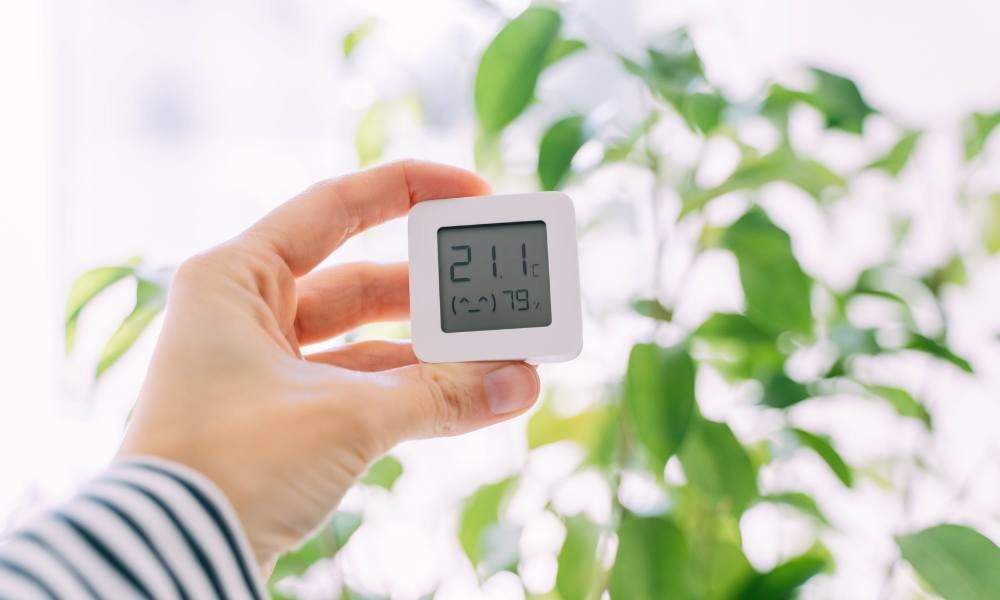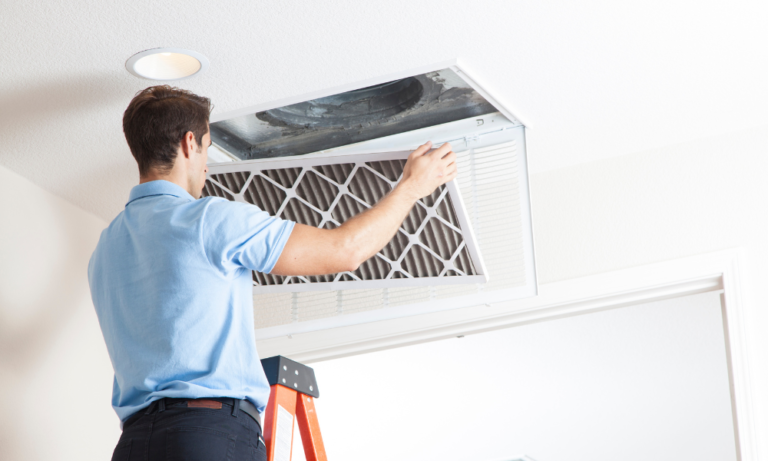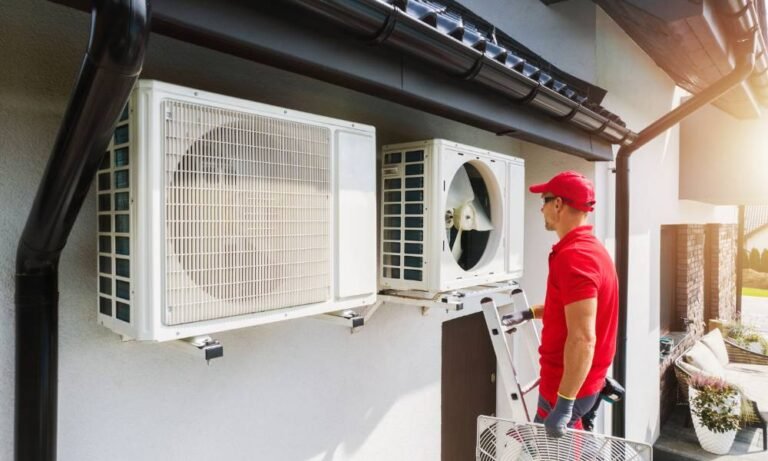Estimated reading time: 6 minutes
“It’s not the heat; it’s the humidity!” This phrase holds true, especially when summer air feels sticky or winter air leaves your skin cracked. Managing indoor air moisture is about more than comfort—it’s essential for your health, your home, and even your energy bills.
As an HVAC professional, I’ve seen firsthand how balancing moisture can improve living spaces. Let me guide you through understanding why humidity matters, the effects of imbalance, and how to keep your home in the sweet spot of comfort.
What You’ll Learn
- Why balanced air is essential for comfort and efficiency.
- The effects of excessive or insufficient moisture on your health and home.
- Tools and habits to maintain a comfortable indoor environment.
- How your HVAC system supports a balanced indoor climate.
Let’s dive into the details.
What is Humidity and Why Should You Care?
Humidity refers to the amount of water vapor in the air, typically measured as relative humidity (RH). This percentage indicates how much moisture the air contains compared to its maximum capacity at a specific temperature.
Here’s how it affects your home and well-being:
- Comfort: Most people feel comfortable when indoor humidity stays between 30% and 50%.
- Health: High levels encourage mold growth and dust mites, while low levels can dry out your skin and sinuses.
- Efficiency: Balanced air helps your heating and cooling systems operate smoothly, reducing strain and energy costs.
The Impact of High Moisture Levels
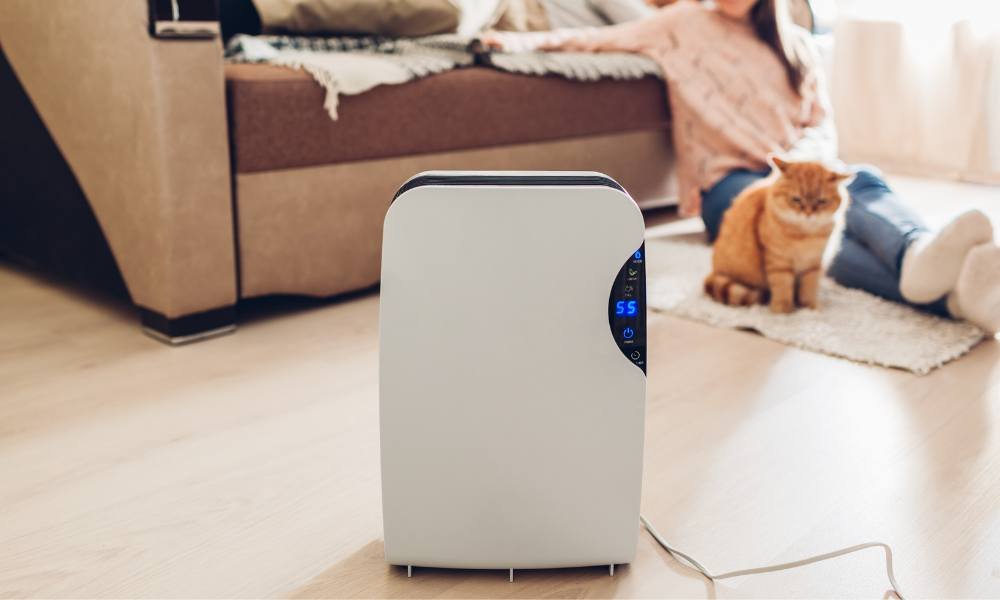
1. Sticky, Stuffy Living Conditions
Excess moisture can make even mild temperatures feel unbearable. High humidity slows down your body’s natural cooling process—evaporation of sweat—leaving you feeling hot and uncomfortable.
2. Mold and Mildew Growth
Too much water vapor creates the perfect environment for mold and mildew to thrive. This isn’t just an eyesore; it’s a health hazard that can trigger allergies and respiratory issues.
3. Stress on Cooling Systems
When humidity rises, your air conditioner has to work overtime to remove excess moisture while keeping your home cool. This increases energy consumption and can wear out your system faster.
The Effects of Low Air Moisture
1. Dry Air Discomfort
Low humidity is common during winter months and can leave your skin, lips, and nasal passages dry. This discomfort can lead to irritation or even increase your chances of getting sick.
2. Damage to Home and Belongings
Dry air can cause wood furniture, flooring, and even musical instruments to crack or warp. Electronics and books may also suffer in extremely dry conditions.
3. Higher Heating Costs
When the air is too dry, your home feels colder than it actually is. This may tempt you to crank up the heat, leading to higher energy bills.
How to Maintain Balanced Air Moisture
Finding the right balance isn’t difficult when you have the right tools and habits. Here’s what works:
1. Use Humidifiers and Dehumidifiers
- Humidifiers: Ideal for adding moisture during dry winter months.
- Dehumidifiers: Perfect for removing excess water vapor in humid conditions.
- Whole-House Systems: These integrate directly into your HVAC system to manage humidity throughout your home.
2. Ventilate Properly
Good airflow helps prevent excess moisture buildup. Use exhaust fans in bathrooms and kitchens, and open windows when the weather is mild to improve air circulation.
3. Upgrade HVAC Systems
Modern HVAC units often include built-in humidity controls. Systems with variable-speed fans and smart thermostats can help maintain optimal indoor moisture levels.
4. Seal and Insulate Your Home
Drafty windows and poorly insulated walls can let in outdoor air, disrupting your home’s balance. Sealing leaks and adding insulation helps maintain consistent moisture levels.
5. Monitor with a Hygrometer
A hygrometer is a simple, affordable device that measures relative humidity. Keep one in your living space to ensure your home stays in the 30–50% comfort zone.
How Your HVAC System Helps Balance Indoor Air
Your heating and cooling system plays a significant role in managing air conditions, including moisture.
1. Air Conditioning for Dehumidification
As air cools, it loses its ability to hold water. This is why air conditioners naturally dehumidify while cooling. However, using your AC to manage moisture isn’t always energy-efficient, especially in very humid climates.
2. Advanced HVAC Features
Many modern systems come equipped with features like built-in humidity sensors, variable-speed fans, and energy-efficient settings designed to improve indoor air quality.
3. Regular Maintenance for Efficiency
A well-maintained system works better at balancing indoor conditions. This includes cleaning coils, unclogging drains, and ensuring proper refrigerant levels.
Why Humidity Balance Matters
When your home’s air is balanced, the benefits are hard to miss:
- Enhanced Comfort: No more sticky summers or dry winters.
- Better Health: Reduced allergens, respiratory irritation, and illness risk.
- Energy Savings: Balanced air eases the workload on your HVAC system, saving energy.
- Home Protection: Your furniture, floors, and electronics last longer without the damage caused by extreme conditions.
Common Myths About Indoor Humidity
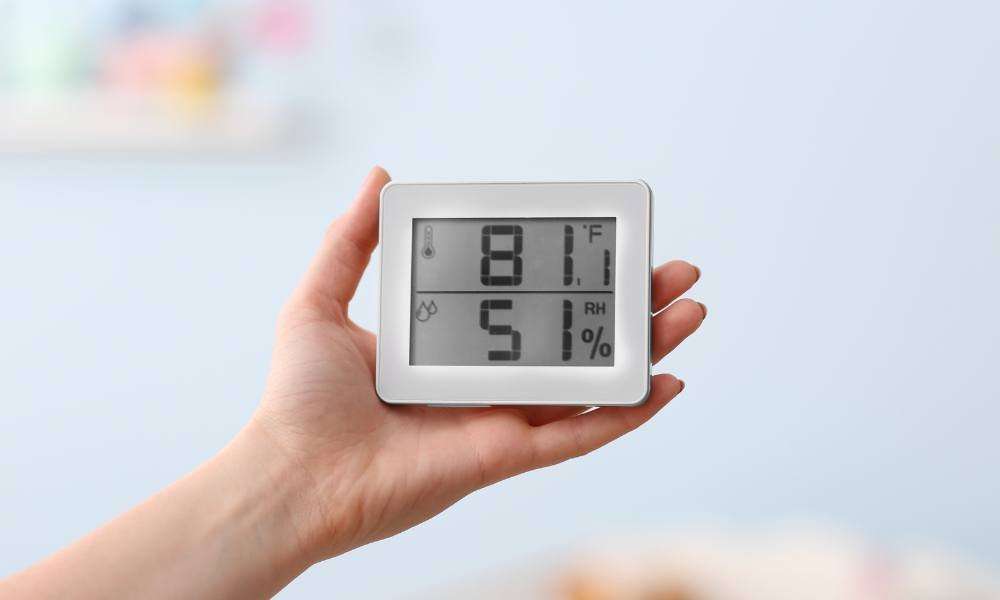
Myth: Air Conditioners Alone Can Control Moisture
While AC units remove water vapor as a byproduct of cooling, they aren’t efficient for managing high humidity levels. A dedicated dehumidifier does a better job.
Myth: Dehumidifiers Are Only Needed in Basements
Any room with excessive water vapor can benefit from a dehumidifier, including bedrooms and living areas.
Myth: Humidity Doesn’t Affect Energy Costs
Both high and low levels increase strain on your HVAC system, leading to higher energy consumption. Balancing moisture keeps your bills lower.
Extra Tips for Better Air Quality
- Houseplants: Some plants, like ferns and peace lilies, naturally adjust indoor conditions by adding or absorbing moisture.
- Windows and Doors: Use weatherstripping to minimize drafts and air leaks.
- Smart Thermostats: Many now include humidity sensors, helping you manage air conditions with ease.
Conclusion
Humidity control isn’t just a luxury—it’s a vital part of creating a comfortable, healthy, and energy-efficient home. Whether you’re battling sticky summers or dry winters, balancing air conditions can make all the difference.
Start by assessing your home’s current conditions. From there, tools like humidifiers, dehumidifiers, and modern HVAC systems can help you create the ideal environment. With a little effort, you can enjoy year-round comfort, lower energy bills, and a healthier indoor space.
